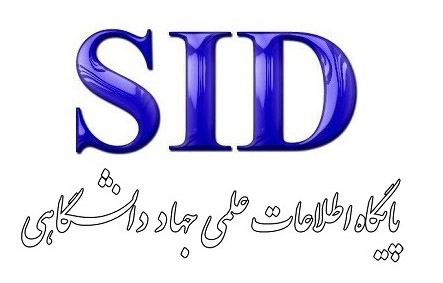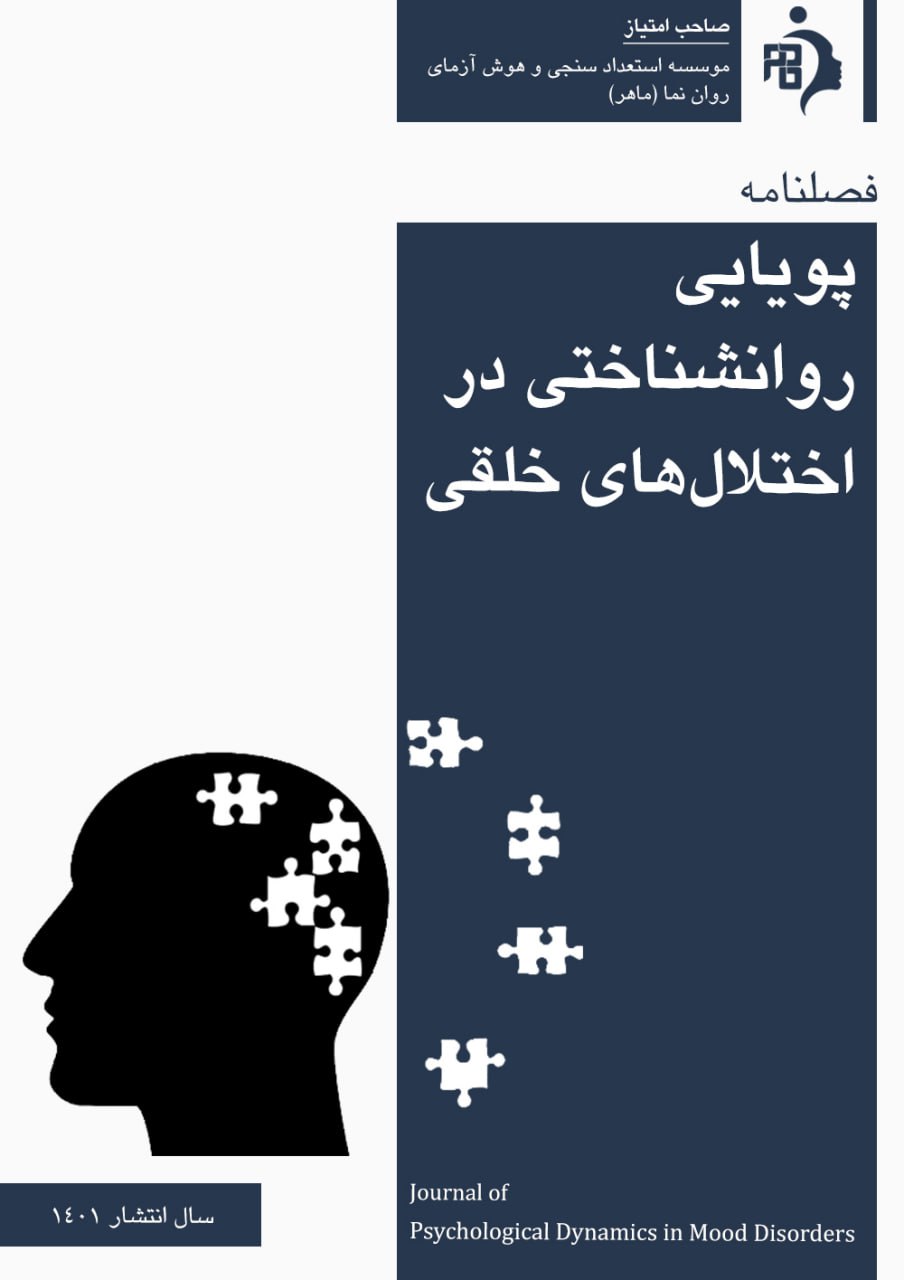Development of a Successful Intelligence Training Package Aimed at Reducing High-Risk Behaviors Especially for Teenagers
Keywords:
Successful Intelligence, Risky Behaviors, Teenagers, Female StudentsAbstract
The purpose of the current research was to compile a package of successful intelligence training aimed at high-risk behaviors, especially for female students involved in high-risk behaviors. In the content analysis section, this research was of the qualitative content analysis type of Heish and Shannon (2005) and in the package editing section, the package editing method was Yousefi and Golparour (2023). The environment of this research was Sternberg (2019) all the texts in the field of risky behaviors and successful intelligence. The method of selecting the texts in a targeted way from among the mentioned texts in the last ten years was the criterion of the number of texts based on the principle of data saturation. The method of gathering information was from reading the texts line by line, finding answers to questions related to the purpose and content of the successful intelligence package based on reducing risky behavior. The results of the analysis of the data obtained from the review of the literature with the help of the traditional content analysis method of Heish and Shannon (2005) showed that risky behavior has three dimensions, which are 1) the causes of risky behavior with nine main concepts (psychological distress, feeling of rejection) adolescent changes, peer pressure, cultural factors, social factors, psychological factors, lack of education and awareness and family factors); 2) Manifestations of risky behavior with three main concepts (anger and violence, addiction, incompatible sexual behaviors) and mechanisms for reducing risky behavior (individual interventions and systemic interventions). These results for successful intelligence texts showed that successful intelligence contains two dimensions: 1) what intelligence is with five concepts (successful intelligence in the individual dimension, successful intelligence in the social dimension, results of intelligence, types of intelligence, upstream processes of intelligence) and 2) the dimension of solutions Achieving successful intelligence with four concepts (analytical intelligence, practical intelligence, wisdom and creative intelligence). In the development section of the package, the hidden goal of this package was to increase cognitive maturity in the form of raising awareness and increasing skills with the help of intelligence strategies. This work was done using the compilation method of Yousefi and Golparour (2023) and the categories of the two analyzes were placed together and combined. The results of this integration ended in an eight-session training package whose goals were based on reducing risky behavior and its strategies were taken from the theory of successful intelligence. The results indicated content validity (CVR=0.98).




























